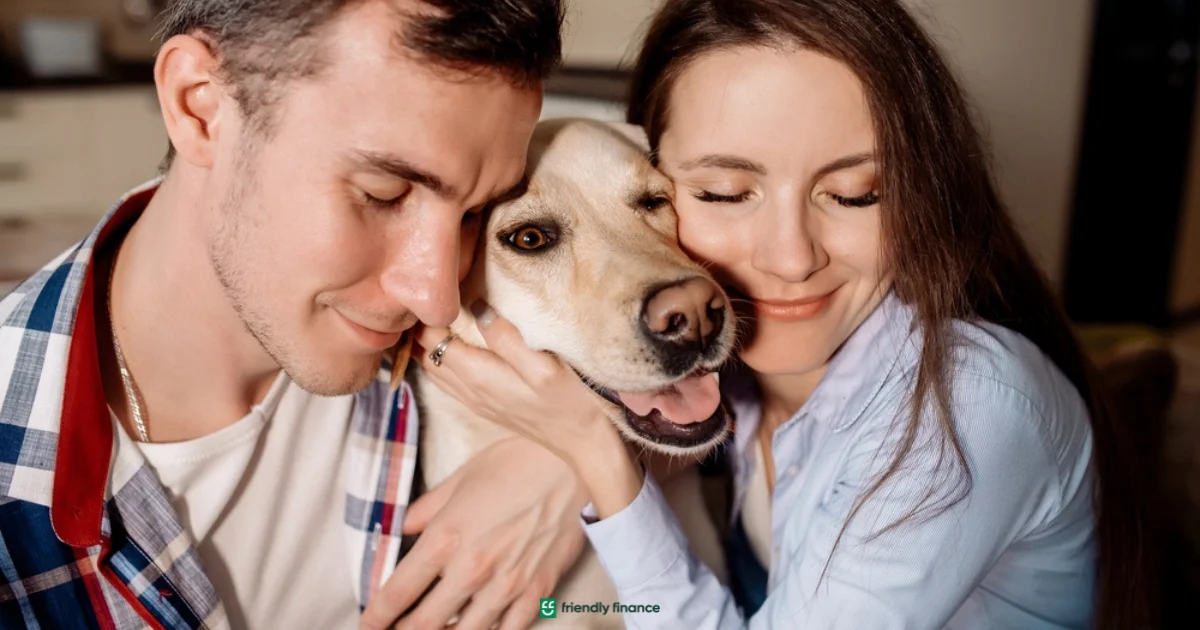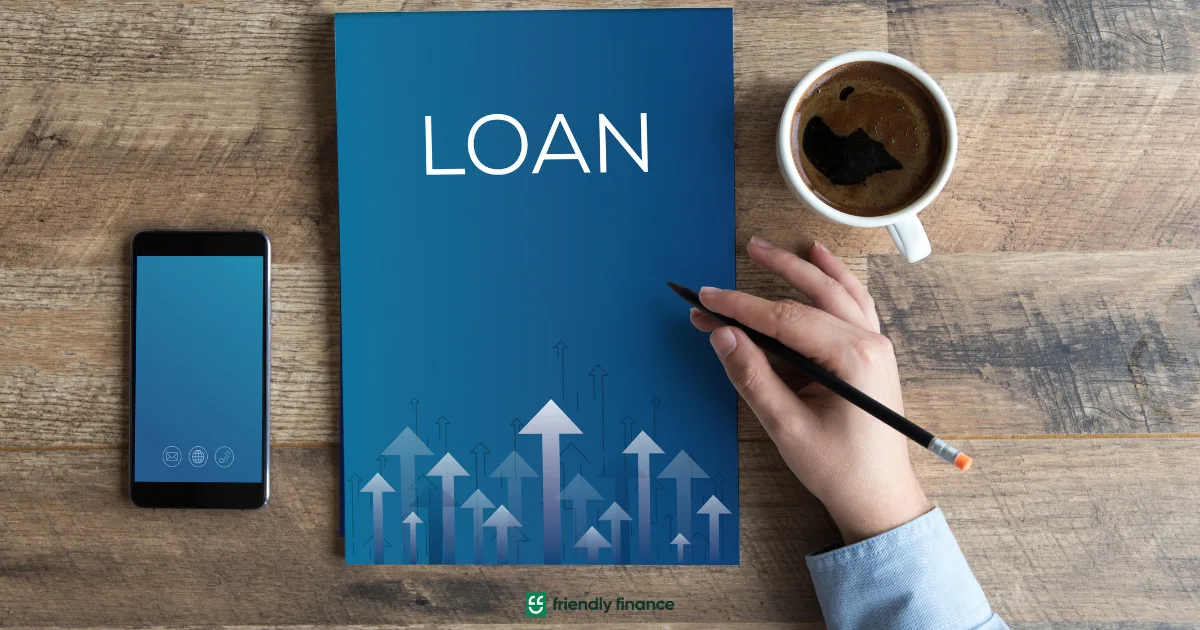Pet Loans and the Hidden Financial Risks of Pet Ownership
Key Takeaways
Emergency vet care can cost thousands—far beyond routine pet expenses.
Savings and pet insurance help but often fall short during critical treatments.
Pet loans offer fast, flexible funding to cover gaps and urgent veterinary costs.
The Unspoken Financial Risk of Pet Ownership
Welcoming a pet into your home brings immense joy and companionship. But behind the cuddles and playful antics lies a significant financial responsibility. While we plan for food and routine check-ups, the reality is that a single emergency can present a vet bill that runs into the thousands.
This guide is designed to help you understand and prepare for the financial side of pet ownership. We'll break down the real costs, explore proactive planning options like savings and insurance, and shine a spotlight on pet loans—a vital financial tool that can provide an immediate lifeline when your beloved companion needs it most.
The Sobering Reality: Unpacking the Full Cost of a Pet
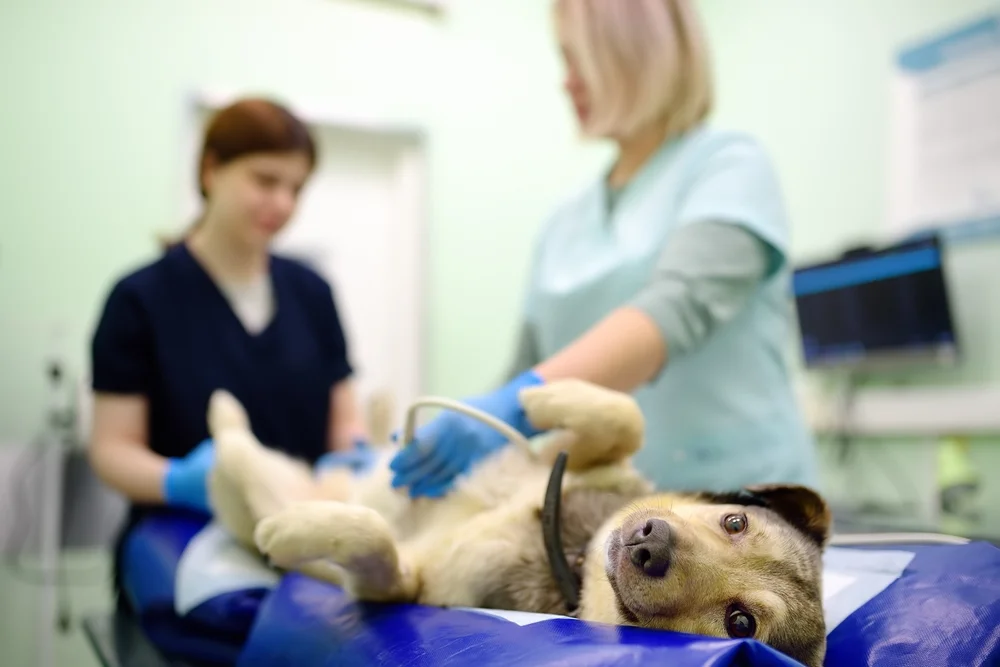
Before committing, it's crucial to understand the numbers. In the first year alone, the cost of a new dog or cat can range from $3,000 to $6,000, covering adoption, initial vaccinations, microchipping, desexing, food, and supplies.
After that, the ongoing annual costs average around $3,218 for a dog and $1,715 for a cat. These figures include recurring expenses like:
Premium dog or cat food
Flea, tick, and worming treatments
Annual vet check-ups and preventative care
Dental maintenance
Grooming and boarding services
However, the most significant financial shocks come from unexpected health issues. An emergency vet visit can start at $250 and quickly escalate. According to Australian pet insurer PetSure, pet owners face bills for major procedures that can be staggering:
Emergency Surgery (e.g., intestinal blockage): $800 - $10,000+
Orthopaedic Surgery (e.g., hip replacement): $5,000 - $6,000
Serious Illness (e.g., cancer treatment, fracture care): $5,000 - $15,000+
When faced with a bill of this size, having a financial plan is not a luxury—it's a necessity.
Proactive Planning: Can Savings and Insurance Cover It All?
The best way to handle pet costs is to plan ahead. The two most common strategies are dedicated savings and pet insurance. While both are excellent "Plan A" options, it's important to understand their limitations.
1. Dedicated Savings
As Australian TV vet Dr. Chris Brown advises, setting aside money in a dedicated pet savings account is a fantastic strategy. Building a financial buffer allows you to cover smaller issues before they become emergencies.
Limitation: A single major accident or critical illness can wipe out years of disciplined saving in an instant, leaving you with a significant shortfall when you need funds the most.
2. Pet Insurance
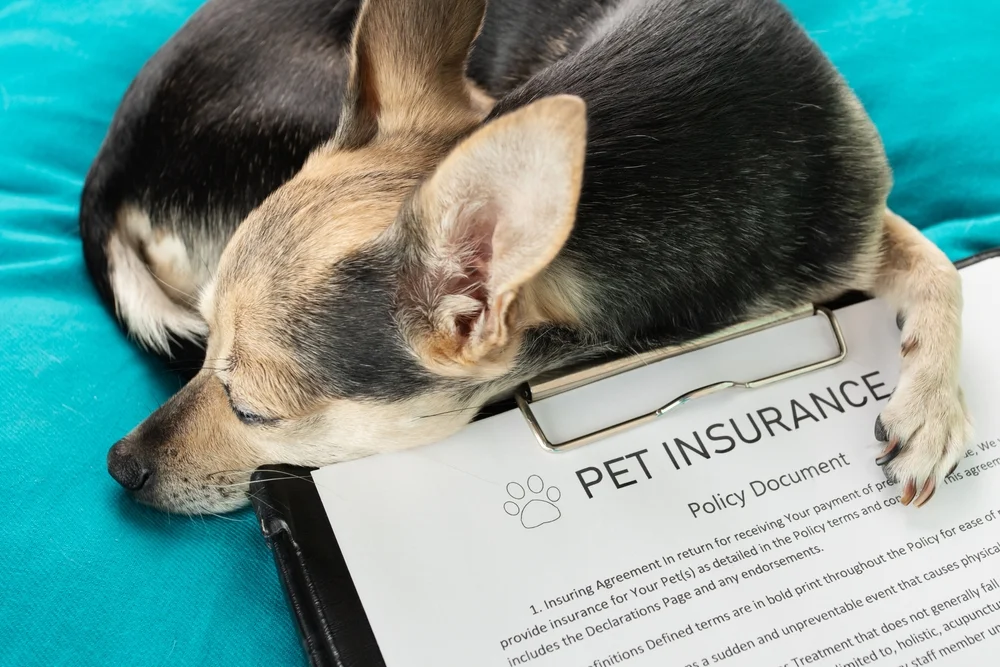
Pet insurance acts as a safety net, designed to mitigate the cost of large, unexpected vet bills. Monthly premiums in Australia typically range from $50 - $100 for dogs and $30 - $60 for cats.
However, insurance is not a magic bullet. It comes with important caveats:
Exclusions: Most policies do not cover pre-existing conditions.
Out-of-Pocket Costs: You are still required to pay an annual excess (e.g., $200) and a gap amount (most policies reimburse between 70-90% of the eligible bill).
Annual Limits: Policies have yearly caps, typically between $10,000 and $30,000, which can be exceeded with complex treatments.
Reimbursement Delays: You usually have to pay the vet bill upfront and wait for the insurer to process your claim and reimburse you.
For example, for a $5,000 surgery on a policy with a $200 excess and 80% reimbursement, you would pay the first $200, and of the remaining $4,800, insurance would cover $3,840. Your final out-of-pocket cost for that bill would be $1,160—a sum you still need to find immediately.
When Emergencies Hit, Pet Loans are Your Financial Lifeline
This is where pet loans come in. When your savings are depleted, your insurance has a gap, or you simply need cash now, a loan is a powerful and practical solution designed to bridge that financial divide.
Why Choose a Pet Loan?
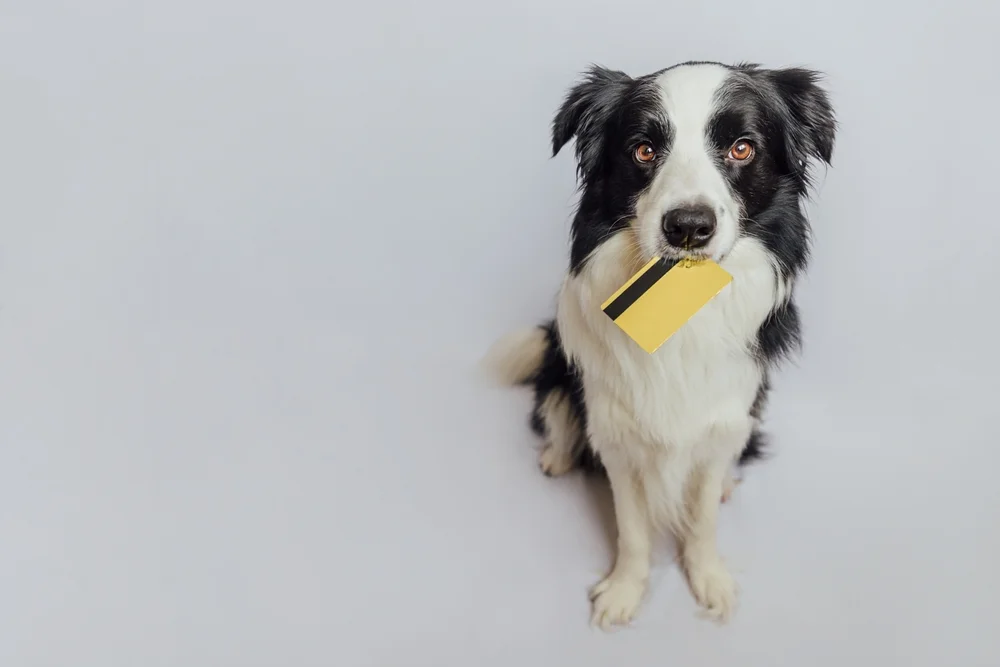
Speed: Many lenders are built for urgency. When your pet needs emergency surgery, you don't have time to wait. Some providers can approve and transfer funds within hours, or even minutes.
Complete Coverage: A loan can be used to cover anything insurance won't—pre-existing conditions, treatments that exceed your policy's annual limit, the insurance gap, or even the full bill upfront while you wait for reimbursement.
Flexibility: Funds aren't just for emergencies. Pet loans can cover adoption fees, training, or other large, one-off costs.
Predictability: Unlike a credit card with compounding interest, a personal loan offers a fixed repayment schedule. You know exactly how much you need to pay and for how long, making it easier to budget.
Understanding Your Loan Options in Australia
When looking for a loan, you will encounter the Comparison Rate. This rate is legally required and is your best guide to the true cost, as it bundles the interest rate with most upfront and ongoing fees.
Here are a few providers offering finance that can be used for vet bills, each suited to different needs:
Best for: Large, planned procedures or consolidating pet-related debt.
Loan Amount: $5,000 – $50,000
Comparison Rate: From 6.45% p.a.
Key Features: Offers a competitive personal loan with no establishment or ongoing fees, making its comparison rate highly transparent. Repayments are fixed, providing excellent budget predictability.
Best for: Extremely urgent, small-scale emergencies.
Loan Amount: $500 – $5,000
Comparison Rate: Varies significantly based on your profile (often higher due to the short-term nature).
Key Features: Fundo's standout feature is speed. With a promise of a 60-second payout after approval, it is built for true emergencies where every minute counts.
Best for: Flexible financing for various pet-related costs.
Loan Amount: $500 – $10,000
Comparison Rate: Varies based on loan type and applicant profile.
Key Features: A versatile option that can be used for more than just vet bills, including covering adoption fees or the cost of pet insurance premiums themselves.
Making the Right Financial Decision for Your Pet

The best financial strategy combines proactive planning with a reactive solution.
The Proactive Planner: You build a dedicated savings account for small issues, take out a comprehensive pet insurance policy for major disasters, and you've already researched a loan provider. You know exactly who to turn to if a true emergency strikes and your other plans fall short.
The Emergency Responder: Your pet needs surgery tomorrow, and you don't have the funds on hand. In this scenario, a fast, accessible pet loan is the most direct and effective path to getting them the life-saving care they need without delay.
Final Take: Financial Preparedness is the Greatest Act of Love
In 2025, being a responsible pet owner means being a financially prepared one. By understanding the true costs, building a savings buffer, and considering pet insurance, you create a strong foundation.
But most importantly, knowing that fast, flexible, and accessible pet loans exist provides the ultimate peace of mind. They are an essential tool in your financial kit, ensuring that when your pet needs you most, you can make decisions based on their health, not your bank balance.
If you are looking for Friendly Finance loan options, apply here today!

